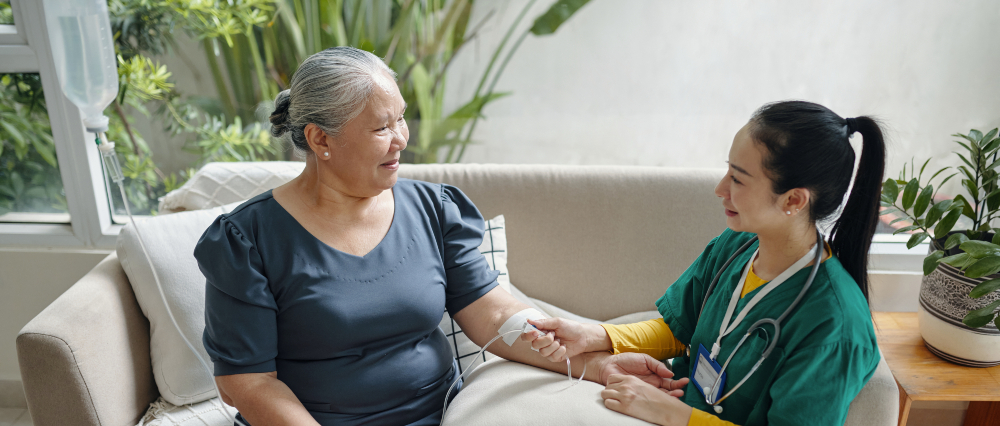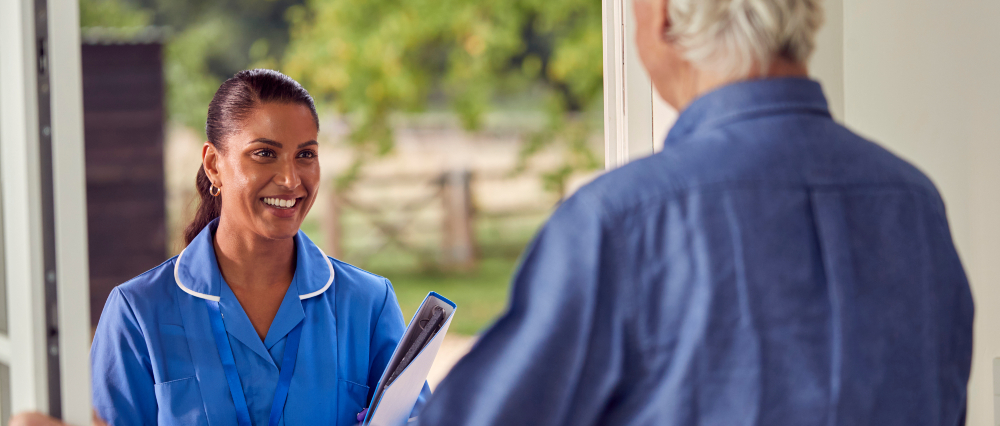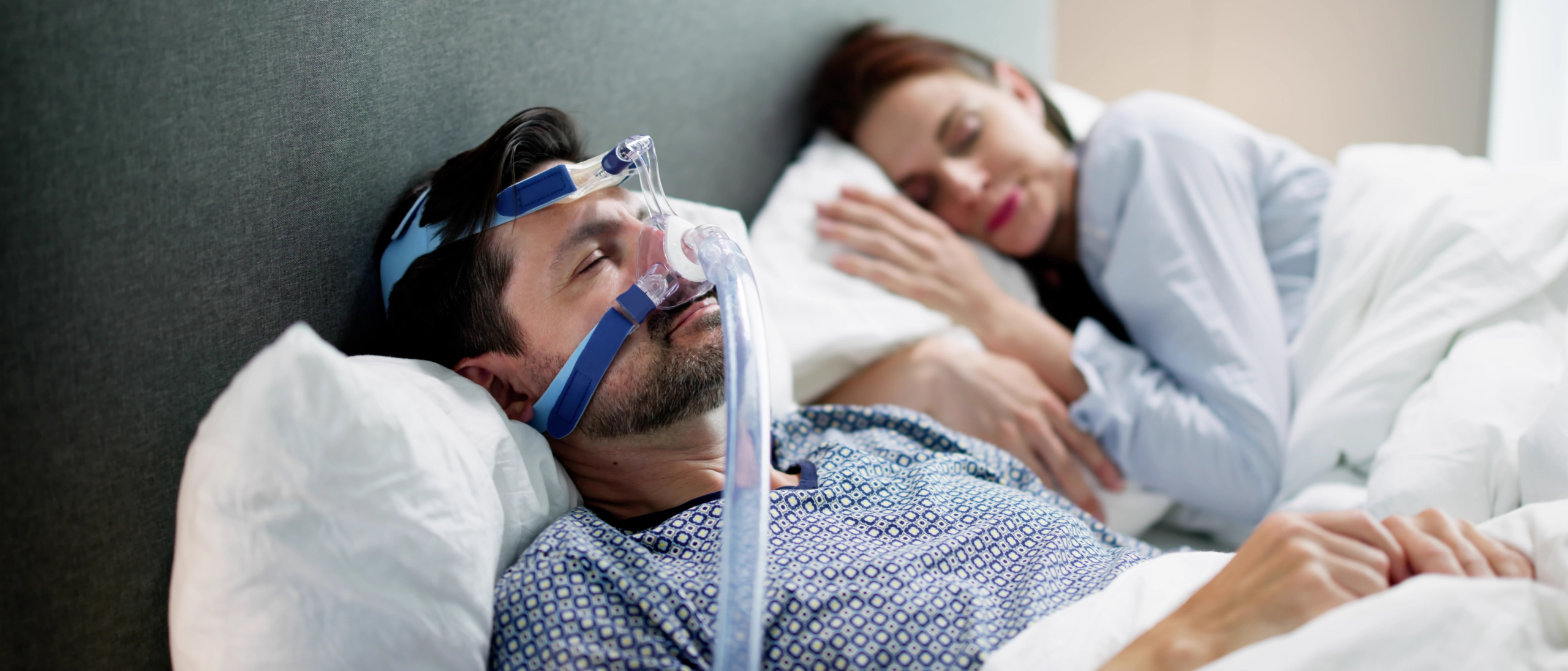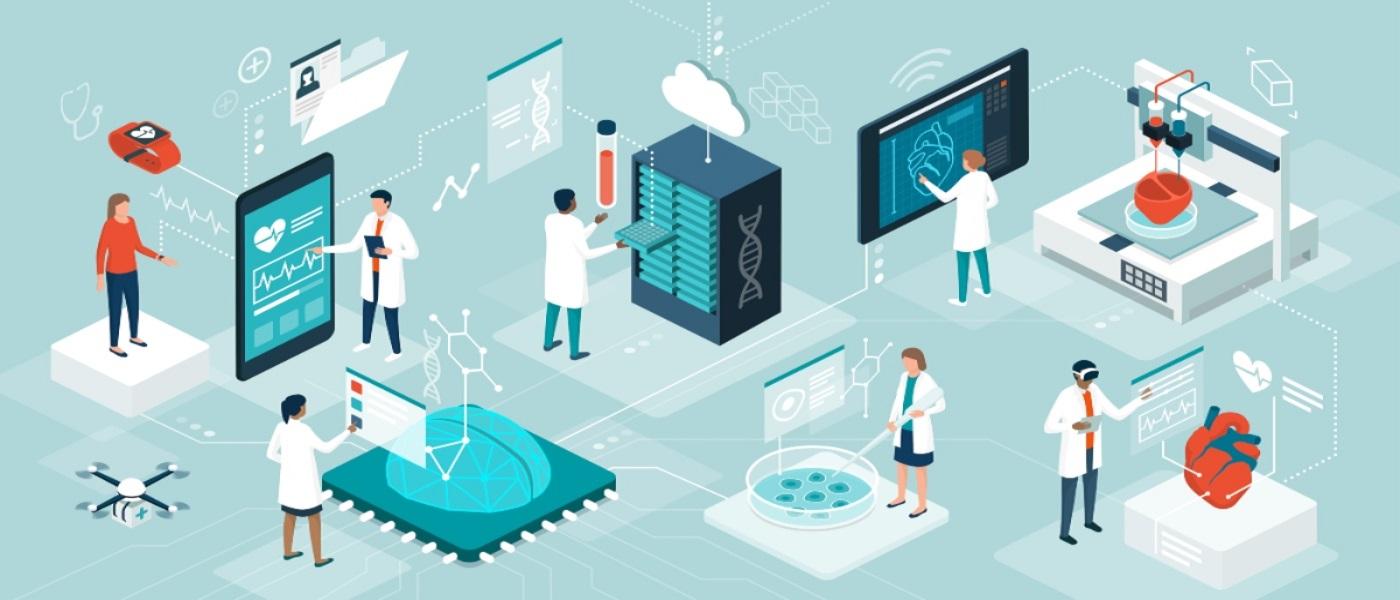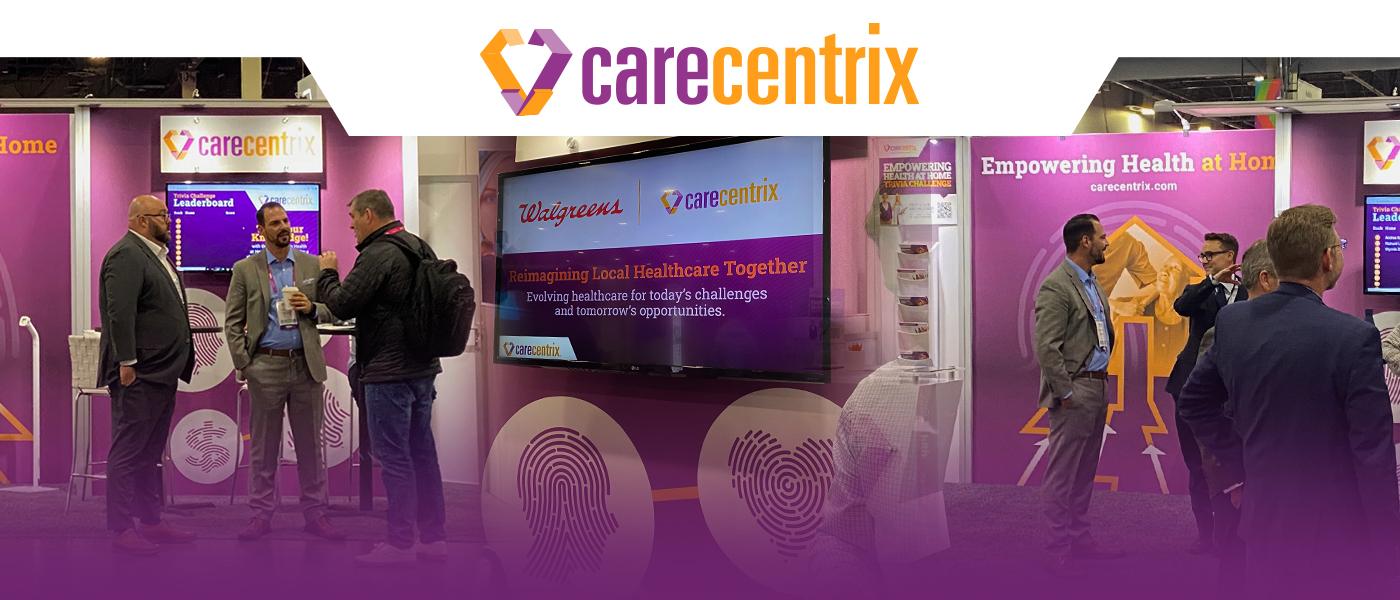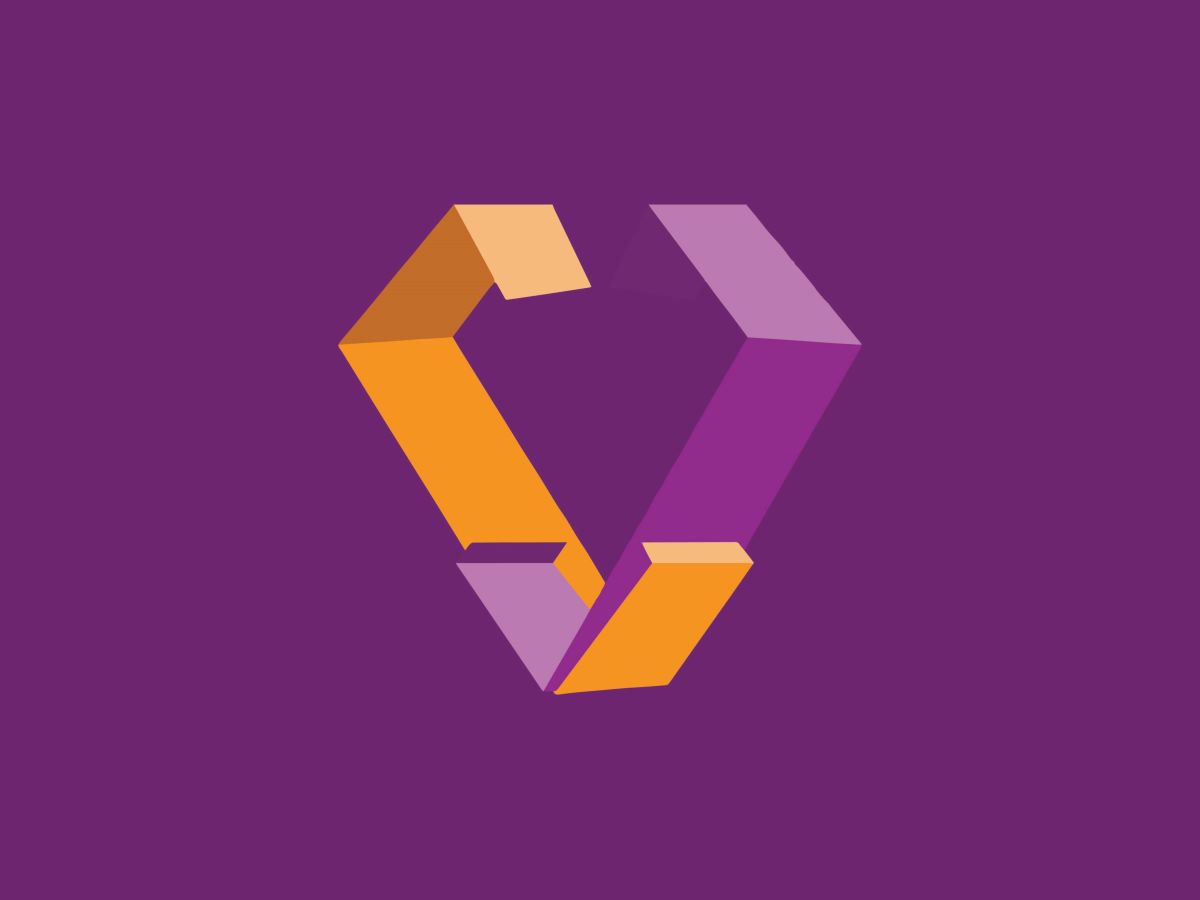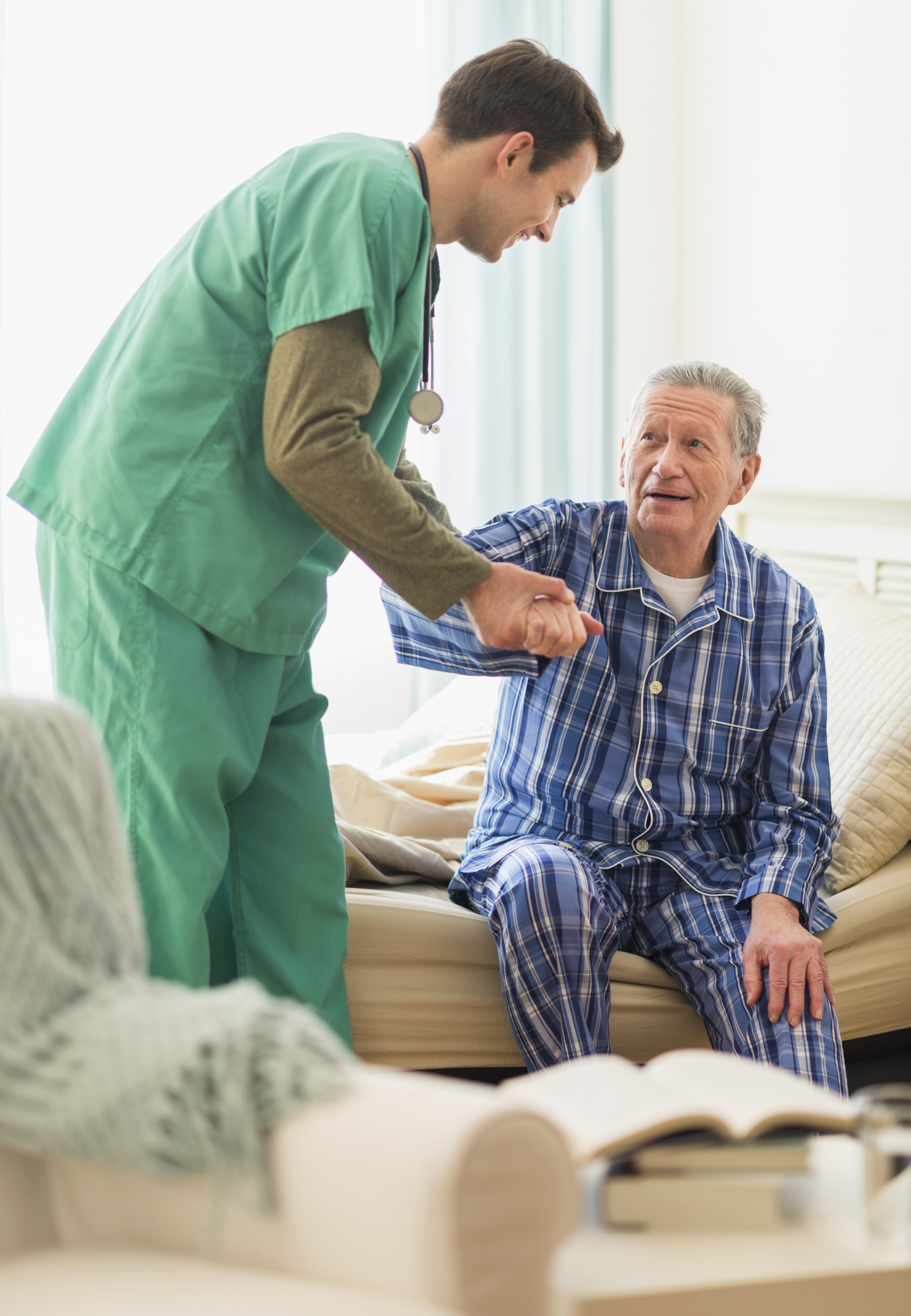
There is no denying COVID-19 has taken a devastating toll on the entire world, not only in lives lost, but also in terms of the indirect catastrophic effect on the global economy. As of the middle of 2020, there were over 4 million confirmed cases in the U.S., and nearly 150,000 deaths. Meanwhile, unemployment skyrocketed, with 40.8 million Americans filing jobless claims in one 10-week period.
In this context, it may be premature to speak of positive aspects associated with COVID-19, but the pandemic has taught valuable lessons about how we should care for those who are oldest and most vulnerable. In many cases, lessons learned were from mistakes, including the devastating consequences in New York stemming from the discharge of stable individuals with COVID-19 to long-term care facilities in order to maximize hospital bed availability when those long-term facilities were unable to care for those patients in a manner that would prevent further infection at the facility. Thousands of frail elderly likely died as a result.
The pandemic also taught us we have to be aware of the risks to elderly and immunocompromised people, to adopt good handwashing practices, as well as avoiding contact when exposed to a communicable disease.
The Attractive New Normal
Other lessons learned are from the experience of millions of Americans forced to work from home. Many discovered they could earn a living without having to commute to an office. Virtual meetings became commonplace. Even gyms began offering virtual exercise classes. The revelation was that many Americans discovered that they could work remotely, safely, and efficiently. Many of those Americans were healthcare workers and patients.
By mid-2020, advertisements for telemedicine companies were appearing on the internet and the radio. Decades of resistance to remote healthcare by physicians (and patients alike) gave way to enthusiastic adoption. It has been the case for some time that many healthcare services can be provided via remote care delivery. COVID-19 turned many telemedicine skeptics into believers. Perhaps more importantly, people discovered that remote contact with their healthcare providers was convenient, in addition to being safe and effective.
Care at Home
The tragic experience of long-term care facilities during the pandemic highlighted two important facts about care for the elderly and chronically ill. The first is there are some aspects of care, which do not meet the requirements for safe remote care. Individuals who require assistance to perform activities of daily living (ADLs) and those requiring certain nursing care clearly cannot receive services remotely. The second fact is that home care greatly reduces the risk of transmitting infectious diseases. This is as true for seasonal influenza as it is for COVID-19.
The challenge for healthcare planners, especially for the Centers for Medicare and Medicaid Services (CMS), is to determine cost-effective delivery of home-based care. Savings derived from reduction in readmissions to acute care facilities is one source. Every year, 3.6 million individuals, many of them elderly and chronically ill, readmit to acute care facilities within 30 days of their discharge. The vast number of these readmissions may be avoidable. A combination of prudent deployment of home-based services and remote monitoring goes a long way toward reducing readmissions.
The Power of Remote Monitoring
Patients transmit many health-related functions to physicians and caregivers remotely. This includes blood pressure, to glucose levels, to weight (important for monitoring heart failure). The experience of the COVID-19 pandemic highlights the fact that this type of monitoring does not require the individual to drive to a healthcare facility. In fact, the risks associated with these visits may outweigh the benefits associated with obtaining these measurements. It is also worth mentioning that an individual’s blood pressure is more likely to be closer to normal in an environment where people feel most comfortable, i.e., their own home.
In its broadest sense, remote monitoring includes face-to-face interactions with a person and visual inspection of skin, for example. The resolution of most cellular telephones is such that virtual office visits can replace standard history taking. Combined with remote monitoring of blood pressure, heart and lung examinations, and weights, virtual office visits can often effectively replace traditional office visits.
Healthcare Employment in the Post-COVID-19 World
It is still too soon to tell what the healthcare job market will look like in the post-COVID-19 world. It might be that outpatient offices return to the “old normal,” with elderly and chronically ill driven to medical office buildings and hospitals for visits. Perhaps certain social distancing rules will remain in effect, or the most vulnerable will continue to wear masks in public, especially in places with high concentrations of infectious agents, such as hospitals.
It is also possible that virtual visits and remote monitoring will become the rule rather than the exception. The only contact that an elderly or chronically ill individual has with a healthcare provider may be with a home-service provider such as a skilled nurse or certified nursing assistant. If it turns out that home-based care is equivalent to (or even superior to) office-based care, we may thank the silver-lining that accompanied the very dark cloud represented by COVID-19.
